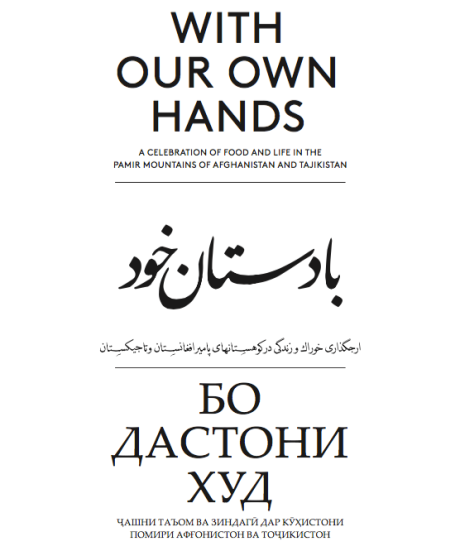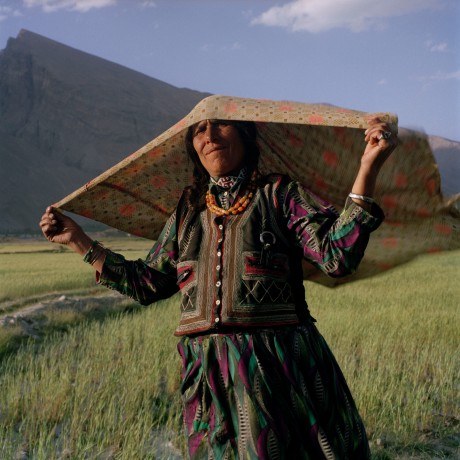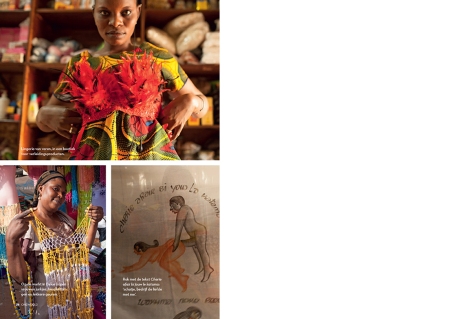Book on Afghan and Tajik nomads is ready!
In the autumn of 2009, a grandmother in the village of Mun, in the Ghund valley of the Tajik Pamir Mountains, approached two young researchers and asked them to write down her old recipes. “I want to share them with my children and grandchildren while I still remember what I know,” she said.
Check the book ‘With our own hands’ by Frederik van Oudenhoven and Jamila Haider, with photos from Matthieu Paley, Theo Kaye and me.


















